
West Nile virus is a virus of the family Flaviviridae. This virus if sound in both tropical and temperate regions where it mainly infects birds, but it is also known to infect humans and some other animals such as horses, dogs, cats, skunks, squirrels, rabbits, crocodiles and alligators. Humans, as well as animals, are becoming infected through a bite of an infected mosquito. In the United States, the main route of transmission is through the Culex pipiens mosquito species. Across Midwest and West, Culex tarsalis is the main vendor, while Culex quinquefasciatus species remains main source of infection at Southeast.
Transmission
People get West Nile virus form a bite of an infected mosquito. Mosquitoes usually become infected by feeding on birds infected with the virus. These are not necessarily ill birds, but only carriers of the virus. The common dust-colored house sparrow is possibly the main bird reservoir for this virus. Sparrows usually have enough of the virus in their bodies to easily infect the mosquitoes that bite them. Infected mosquitoes than continue spreading the virus to other species, by biting and sucking blood from humans and other animals. During this process, they inject the small but sufficient quantities of virus into the victim’s body. The incubation period, from the initial exposure to the virus to the development of first symptoms, is anywhere between five to fifteen days.
Signs and symptoms
In most cases, people infected with West Nile virus do not have any symptoms. According to the official statistics, 90% of West Nile Virus infections in humans are asymptomatic. If there are any symptoms, they usually include mild headache, increased fever, aches in the muscles and bones, skin rash, and swollen lymph nodes. In more severe cases, patients may complain about stiffness in the neck, sleepiness, and problems with orientation, coma, tremors, paralysis and convulsions. One of the common complications of West Nile virus is meningitis or encephalitis, but long-term effects such as memory loss, depression, irritability and confusion are also possible. In rare cases, people may even die from this infection. Death rates are especially high among older people and range between three and fifteen percent.
Treatment and risk factors
People over 50 years of age are at the highest risk of infection and severe complications. The risk of infection is especially pronounced during the mosquito season, late summer or early fall. In southern climates, people are exposed to the risk all year round. There is no specific treatment for this infection, and medical help is usually administered to treat symptoms and prevent risks of brain infections.


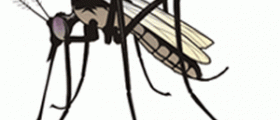


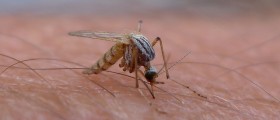

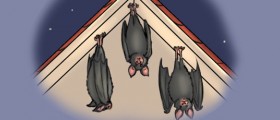






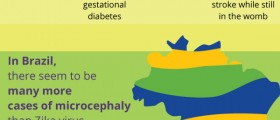
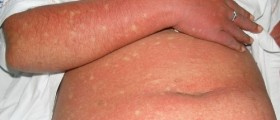

Your thoughts on this
Loading...